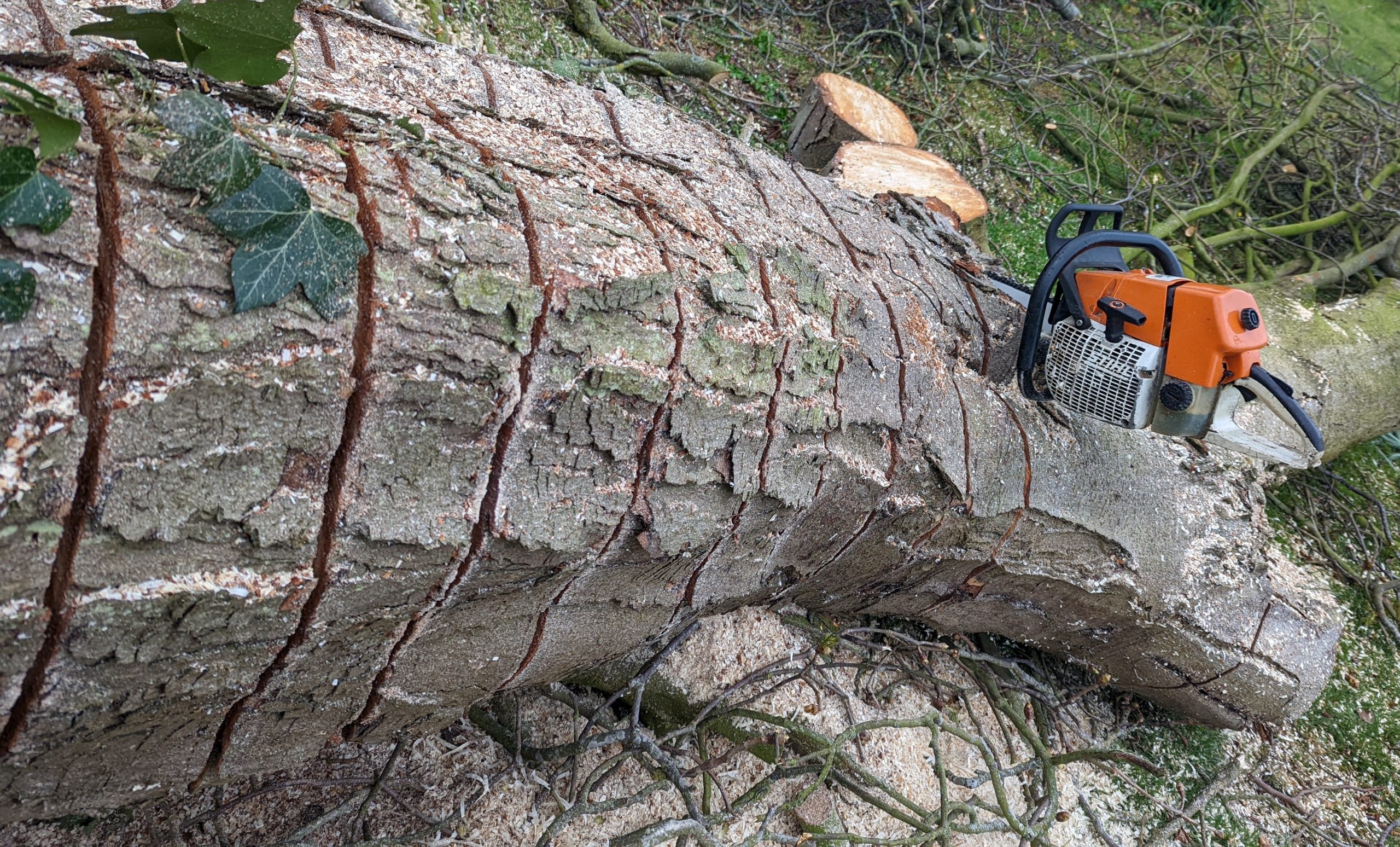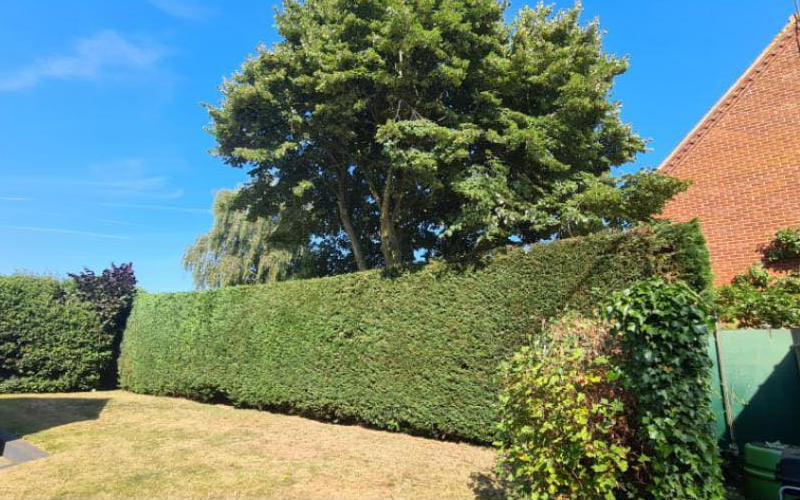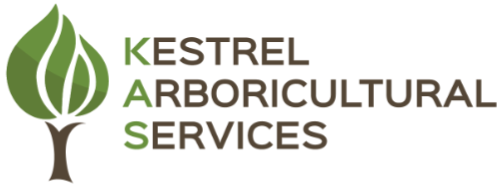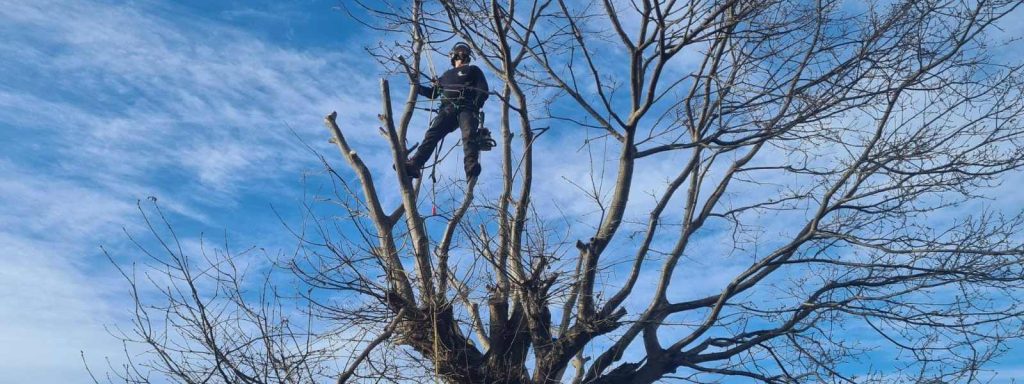What is tree surgery?
Simply put, tree surgery is the skilled removal or partial removal of trees and large plants from areas where they are no longer wanted. It is performed by professionals known as arborists, who are trained to carry out this essential work on a day to day basis. Whilst you may think it’s all about cutting a tree at its base and watching it topple over, the process of tree surgery is a lot more complex. Hence why it’s referred to as surgery!
What does a tree surgeon do?
Tree surgery is far more than the simple removal of big trees. It takes many different forms, depending on the requirements and desired outcome of the job. Whilst there are definitely cases for the removal of entire trees, sometimes the job requires precise pruning, or scaling back of a tree to keep it in good health.
Other times, the tree may have already come down, or have been made dangerously unstable by a storm or other natural phenomenon. In these instances, a tree surgeon will be employed to attend the site and make the area safe again. This usually involves dismantling the tree in a way that no large pieces will fall off and risk causing damage or injury to nearby people and property.
And because all trees are unique, and often largely complex in the case of mature plants, there are many techniques and services that a qualified arborist will need to employ when carrying out work.

What are the different types of tree surgery?
There are many services offered by residential tree surgeons and commercial arborists. The below is what is usually considered tree surgery.
Felling trees
When a tree cannot be saved (if it’s dead or critically diseased), or if it’s in a location that causes problems, then it needs to be felled. The process involves the careful and calculated removal of the tree in sections. This is especially the case for larger trees where there is no clear space for it to be dropped in one piece.
In complex locations, such as tree overhanging roads, properties, or other important habitats, each section will be secured before it is removed. These sections can then be safely lowered to the ground, to a designated spot that’s clear of anything that needs to be protected.
Tree pruning
If trees are wanted, but are becoming too heavy or unwieldy to support their limbs, then a tree surgeon will look to prune it. This is where targeted limbs, even healthy ones, are secured and removed. This usually happens when a mature tree has grown beyond a reasonable profile, and may even start to droop under its own weight.
In these circumstances, it’s favourable for the controlled removal of the limb, rather than waiting (weighting?!) for the branch to collapse under its own weight.
Crown reduction and lifting
Similar to pruning, the crown of a tree (also known as the canopy) can require attention as a whole. Crown reduction is where the largest section at the top of the tree is made smaller through the total and partial removal of limbs. This helps the tree benefit from increased light exposure, as well as reduce overall stress on the structure.
Crown lifting is where the lower limbs of a tree are removed to increase the usable height around and under a tree. You may have seen examples of this where road access is required, when a tree grows into the path of cars and large vehicles.

Dead wooding
When branches and similar parts of a tree die, their removal becomes necessary. This is because a dead limb becomes weak, and presents a risk to anything underneath or around it. Trees can also waste a lot of their limited resources trying to create new growth to replace or sustain the dead material, which can affect the plant’s overall health.
Dead wooding should be part of the regular maintenance of mature trees to ensure they can continue to grow without problems.
Pollarding
Another practice that is very similar to pruning, pollarding involves cutting back a large selection of branches to a minimal length. This can be used to encourage the ongoing size and shape of the tree, and is a good way to train trees to grow in a way that won’t negatively impact surrounding areas.
This being said, pollarding is only suitable for specific types of trees, usually those that produce fast-growing tree shoots.
Stump removal and root management
With the bulk of the tree removed, the stump and extensive root network will still remain. Whilst these can be appealing features, if the tree has been moved due to a dead plant, or the requirement of a level area, the stump needs to be removed too.
In most cases, the stump will be too deeply rooted to remove it from the ground. In which case, a tree surgeon will employ a heavy-duty grinder to turn the above-ground stump into mulch and sawdust. The resulting wood chips are often left to fill in the hole left in the ground, which allows the soil to benefit from nutrients in the bark as it breaks down over time.
And where roots are an issue, grinding down the stump will facilitate an easier removal. They’re far easier to access and pull out of the ground when not connected to the base of a tree!
Emergency tree management
As you can imagine, the tree surgery business is booming just after a storm! A tree coming down in heavy winds is a large problem for regular people to solve, that is usually made urgent as it causes access issues or even property damage. The quick, safe and efficient removal of fallen trees is a priority job for most arborists. As such, it’s good to know how to get hold of a local tree surgeon, especially if you have large trees near your property.

Large scale tree management
Whilst most people think of tree surgeons in a domestic sense, they are also heavily involved in the commercial sector as well. From large-scale clearances, to ongoing forestry management, there really is no tree-based issue that a tree surgeon can’t help with. And with woodland preservation being more important than ever, arborists are in high demand across many sectors.
Advice, inspections and surveys
Not sure what your tree needs done to it? In order to become experts at removal and treatment, a tree surgery professional also knows what the best treatments are to create the desired outcome for the client.
And this doesn’t just cover what needs to be done to the tree, but an arborist can also advise on the impact it will have on the surrounding area, the best ways to manage the plants going forward, and if you need to check for legal concerns, such as tree preservation orders.
For example, the team at Kestrel has more than a decade of experience in tree surgery, and is happy to offer free, no-obligation quotes for its tree surgery services. Contact the team today to arrange a visit and learn the best way to manage your trees.

